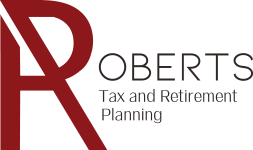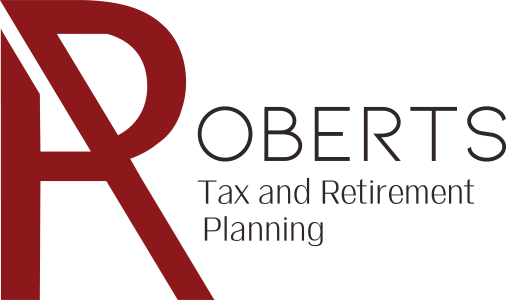The best recognized tool in lowering retirement portfolio risk is to follow modern portfolio theory and appropriately balance between stocks and bonds. While this is certainly a powerful and fundamental tool, other actions can also manage risk. The core principle is to use assets that are independent of the broad stock market.
Research into the correlation between general stock trends and real estate prices shows independence. Therefore a downturn in the stock market does not necessarily mean that real estate prices will fall. Moreover, rental real estate offers cash flow that can reduce the demand on a retirement portfolio.
There are several ways to invest in real estate, including; direct ownership and management, direct ownership with professional management, REITS, and equity investments in companies involved in real estate. Each of these has personal and financial advantages and disadvantages.
Continuing part-time work – especially professional work – can greatly reduce risk. An individual’s knowledge is a fading asset. Part-time work can maintain expertise through the early part of retirement, effectively holding this asset in reserve to respond to a large market downturn.
Part-time work also reduces the demand on a portfolio. Applying the four percent rule in reverse shows that a $20,000 income is the equivalent of adding half a million dollars to a portfolio.
Social security management is a tricky part of risk management that is completely dependent on the situation of the individual. It is possible to reduce risk by taking social security early, if this is used as a risk offset to a more aggressive portfolio relative to age. It is also possible to reduce risk by taking social security later and using the increasing value of social security payments as the more aggressive portion of wealth building.
As with everything financial, the right answer depends on the situation. Stock and bond balance is certainly the starting point, but risk must be analyzed in the context of the full picture, including personal lifestyle choices. To get help with full picture risk, please contact us.








